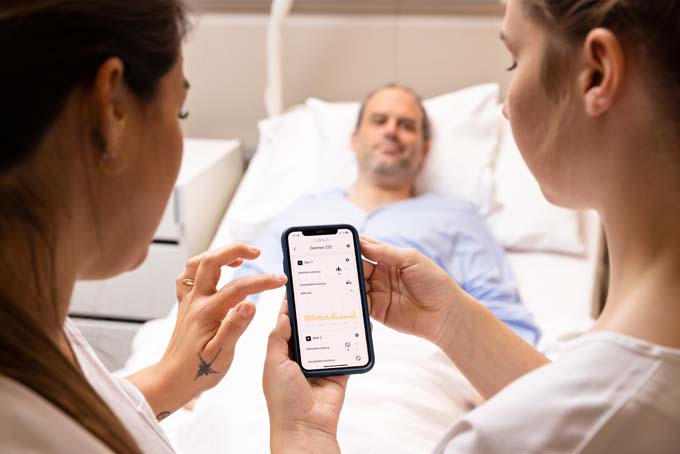Multicloud as a new reality in enterprise technology
In recent years, the cloud has become somewhat synonymous with IT as organizations seek greater business agility and improved operational efficiency through the technology they use. Although these trends have been around for some time, more than 90 % of respondents agreed that the COVID-19 pandemic was a strong driver for a [...]

In recent years, the cloud has become somewhat synonymous with IT as organizations seek greater business agility and improved operational efficiency through the technology they use. Although these trends have been around for some time, more than 90 % of respondents agreed that the COVID-19 pandemic was a strong driver for greater interest and investment in cloud technology.
The path to a multicloud strategy
As companies faced new challenges, such as increasing telecommuting and working with new business partners and suppliers, they adopted a multicloud strategy to get the flexibility and scalability they needed to address this new reality. "The 'one-stop store' mentality is dead when it comes to the cloud. Instead, multicloud is the reality of enterprise technology environments as companies try to get the right mix of solutions and capabilities they need to operate effectively," said Melanie Posey, research director, Cloud & Managed Services Transformation at 451 Research. That company conducted a study on behalf of Oracle Cloud Infrastructure. It gathered information from 1500 enterprise respondents (organizations with more than 1,000 full-time employees in North America or more than 500 in other regions) on how they use the cloud in their organizations. It found that almost every cloud journey is becoming a multicloud journey. "Multicloud is here to stay, and organizations are choosing it because of the benefits it offers for a range of different business and operational needs, such as enterprise flexibility or access to best-in-class technology."
Almost every cloud journey is multicloud
According to the survey, 98 % of respondents use or plan to use at least two cloud infrastructure providers, and 31 % use four or more. Ninety-six % said they use or plan to use at least two cloud application (software-as-a-ser-vice) providers, with 45 % using cloud applications from five or more providers. This multicloud strategy enables IT departments to meet the specific technology needs of different teams across the enterprise.
The top two drivers of enterprise multicloud strategies are data sovereignty (41 %) and cost optimization (40 %). Other drivers of multicloud strategies include enterprise agility and innovation (30 %), best-in-class cloud services and applications (25 %), and cloud vendor dependency concerns (25 %). Multicloud strategies give organizations more control over where and how their data is stored and used. They also ensure that enterprises can control the cost of their cloud operations by adjusting which services they use from different providers.
Various use cases
Data redundancy (54 %) is the most anticipated future use case, followed by data mobility (49 %) and cost optimization via public clouds (42 %). IT departments also plan to use multicloud strategies to mitigate risk across the IT environment (40 %) and geographic expansion or global service delivery (38 %). The fact that IT departments are planning multicloud strategies shows that they see this as an opportunity to stay ahead of their technology needs, and not just as a tactic to respond to crisis situations.
"Multicloud is a reality whether enterprises are ready for it or not. Enterprise mergers can transform even the most robust IT strategies into a multicloud environment overnight," said Leo Leung, vice president, OCI and Oracle Technology. "Whether IT teams are starting their multicloud plans from scratch or already have an implementation but want to add best-in-class cloud services, OCI's distributed cloud can help. With the recent launch of MySQL HeatWave on AWS and Oracle Data-base Service for Microsoft Azure, customers have even more options to make their multicloud strategies a success."
Source: Oracle
This article originally appeared on m-q.ch - https://www.m-q.ch/de/multicloud-als-neue-realitaet-in-der-unternehmenstechnologie/









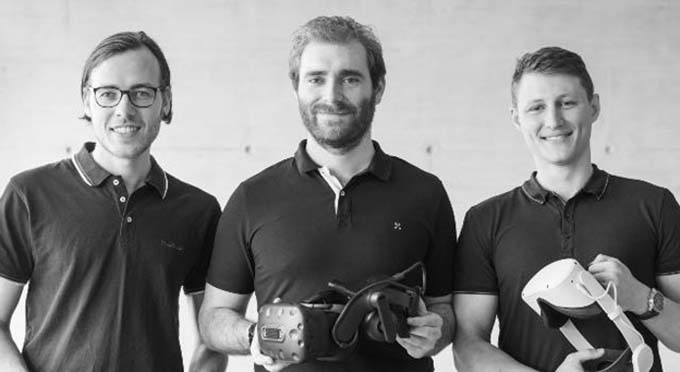
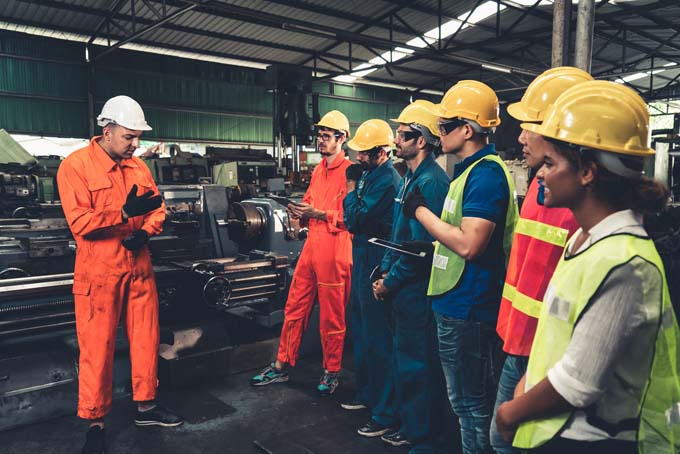
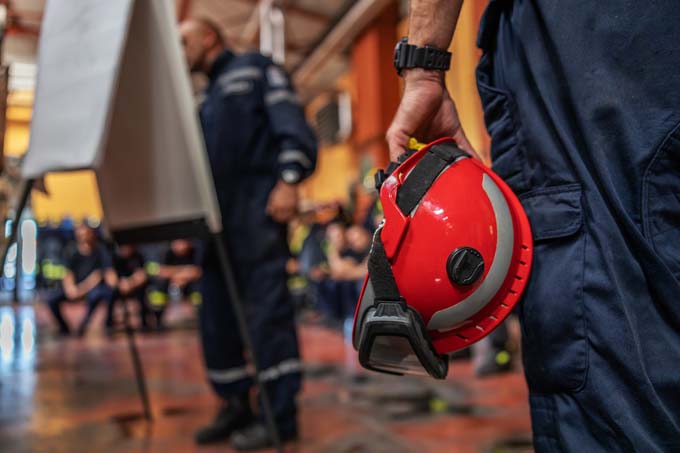
 The hunger for information in marketing is far from satisfied. The journey toward data-driven marketing will continue unabated in 2023. The primary goal is to identify the best possible sales potential, including risk analysis and the creation of a 360-degree view. The topic of third-party cookies and their stop in Chrome is also still on the table. Google has postponed the deadline again, this time to 2024.
The hunger for information in marketing is far from satisfied. The journey toward data-driven marketing will continue unabated in 2023. The primary goal is to identify the best possible sales potential, including risk analysis and the creation of a 360-degree view. The topic of third-party cookies and their stop in Chrome is also still on the table. Google has postponed the deadline again, this time to 2024.



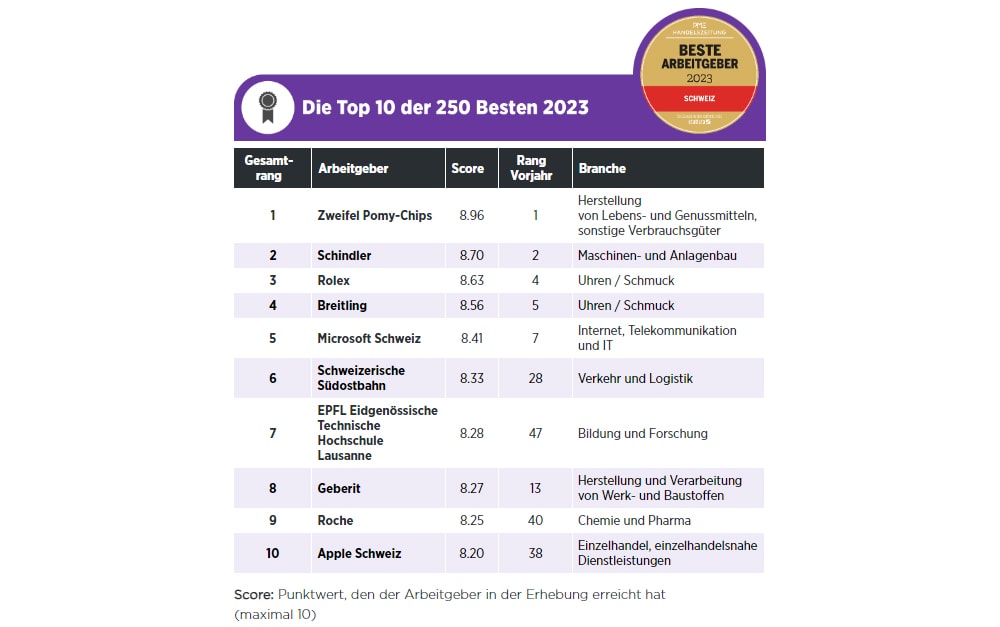 The Handelszeitung and Statista select the 250 best employers in Switzerland every year. The ranking is based on an independent survey of Swiss employees via online access panels as well as via the website of the Handelszeitung. More than 1500 employers employing at least 200 people in Switzerland were identified for the survey.
The Handelszeitung and Statista select the 250 best employers in Switzerland every year. The ranking is based on an independent survey of Swiss employees via online access panels as well as via the website of the Handelszeitung. More than 1500 employers employing at least 200 people in Switzerland were identified for the survey. 


 The
The 